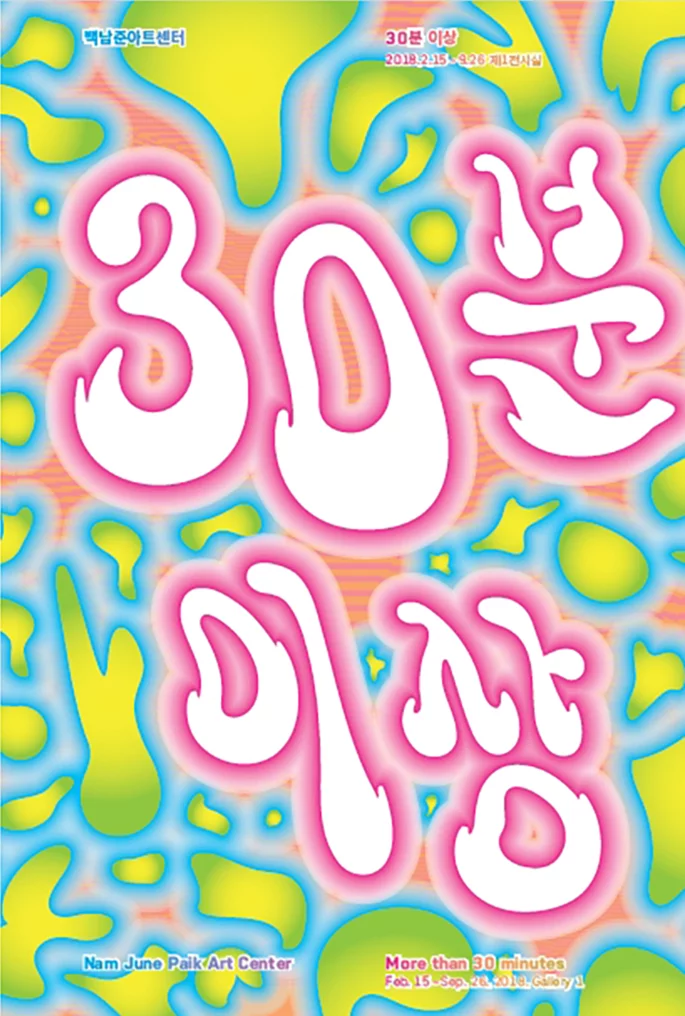Counterculture Chronology
Greetings
Curatorial Statement_Goo Jeonghwa
Nam June Paik’s Electronic Art, 1965∼1974_Lee Sooyoung
Vision and Video : The Context of Alternative Video Art in the 1970s_Lee Im sue
Exhibition Artworks
Artist CV
More than 30 minutes is an exhibition to shed new light on Nam June Paik’s video art in the context of the counterculture that swept America and Europe and is aimed at presenting a new vision of communication that Paik intended to realize through video art. The 1960s, regarded as the hottest and the fiercest period of time, was a decade in which conflicting values collided with each other in the midst of the Cold War between East and West after the Second World War. In such circumstances, the counterculture movement took place against the oppressive political structures of the Cold War as well as in complete opposition to the established values. Especially in the 1960s in America where Paik worked as an artist, the anti-establishment movement was spreading among the young as critical and skeptical views of Western civilization became widespread. The young people of the 1960s who led this revolutionary movement were not only the first beneficiaries of commodification diffused by the mass production system, but also the kids of mass media who established their identity, while exchanging information by means of new media such as television. The subjects of the counterculture encompassing the New Left and Hippie Movement attempted to live a totally different life, refusing a technocratic culture thoroughly, and to form a new community in every place where there was no humanistic community. There exists a vision of the new generation sought in the tide of counterculture, behind the progress that Nam June Paik’s video art represented. Paik’s immediate solution for contemporary people who were just entering the age of commodification and automation was video art.
This exhibition is in line with the process of exploring how Paik, who previously created 13 ‘experimental TVs’ completed by audience participation by manipulating the inner circuits of television in 1963, came to produce videos for broadcasting in the 1970s and satellite TV shows in the 1980s. How did Nam June Paik’s ‘Experimental TV’ that was an execution tool of ‘complaint for continuous evolution’ as well as ‘anti-technological machine’ resonate and evolve with the counterculture of the time?





